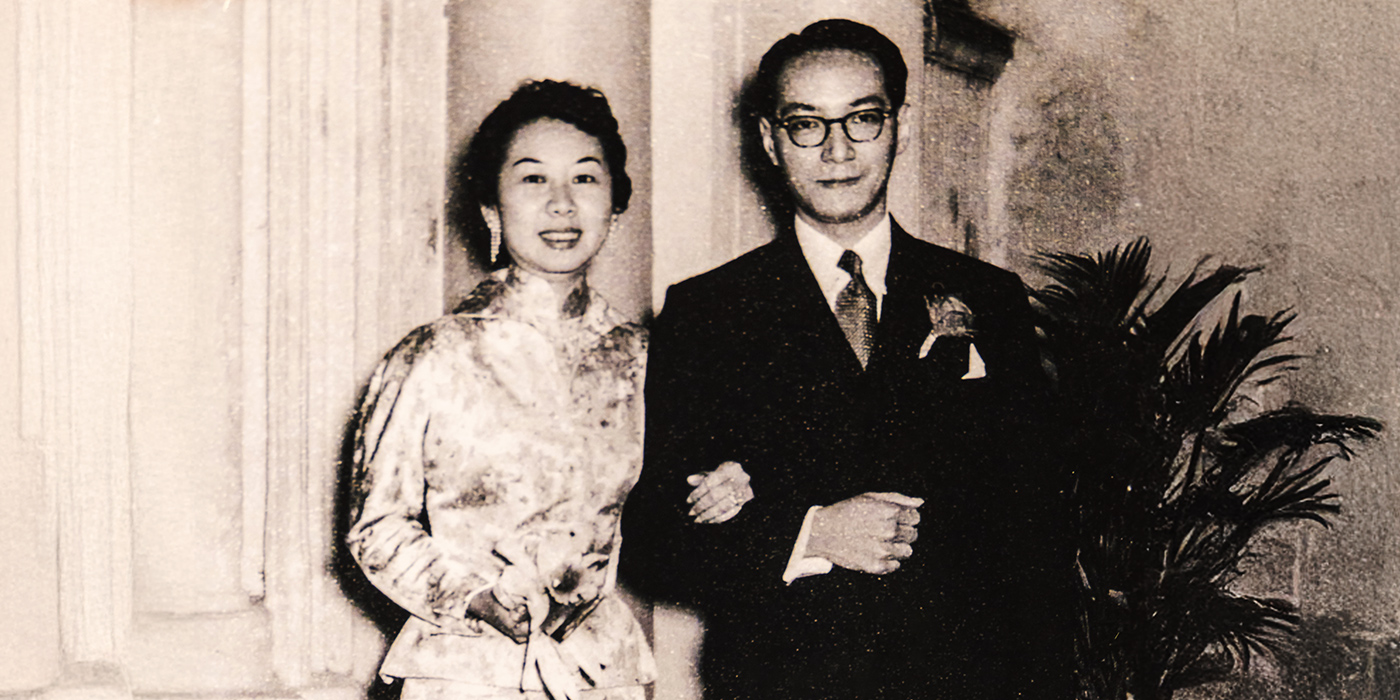Time and beauty crystallised
Guanyin with transparent glaze
He Chaozong and Xuande seal marks
Dehua ware, Fujian province
Late Ming to early Qing dynasty (17th century)
Gift of Mr Jen-mou H C Hu
Acc no: 1982.0077
(courtesy of Art Museum)
Pottery and porcelain that date as far back as 7,000 years are on display at the exhibition, “Amazing Clay: Masterpieces from the Ceramic Collection of CUHK Art Museum”, until year end.
More than 100 ceramic exhibits from the Neolithic period through to the Ming and Qing dynasties of China have been curated.
The common ceramic has a long and rich history of 20,000 years. It has been widely used in the household, in buildings and at funerals, bearing testimony to the life and times of the respective era and the experiences of the owners.
The Chinese were the first to produce ceramics and invented the glaze coating. Fragments found in the Xianren cave in Jiangxi province are the oldest known pottery in the world. Potters accidentally discovered glaze during the Xia, Shang and Zhou dynasties.
Apart from glazing, the colour of ceramics depends on the iron content in the clay: in a well-ventilated kiln, the iron content undergoes full oxidation, yielding red pottery with orange hues. In a closed chamber, the clay would turn green and grey.
Green celadons dominated the ceramic scene during the Qin, Han and six other dynasties. Items that were unearthed, mostly funerary in nature, offered valuable glimpses into the way of life, the transport and the architecture. On the other hand, whitewares, purged of iron and impurities, became popular in the Tang dynasty. The era was one of “celadons in the south and whites in the north”—celadons produced at Yue kilns in southern China and whitewares made at Xing and Ding kilns up north represented Tang ceramics at their best.
The vast Yuan empire, straddling Asia and Europe, saw the influence of Middle Eastern aesthetics in Chinese ceramics. The Middle Easterners’ preference for blue and white, as well as for ornaments, overrode conventional Chinese emphasis on shape rather than pattern decoration. Blue-and-white wares marked the late Yuan period and brought about a paradigm shift to Chinese ceramic art.
Then came the Ming and Qing dynasties, which built on the achievements of forebears and created ceramics that surpassed the most prestigious wares of the previous periods. This period is marked by the central government’s influence on ceramic production, which has never been greater.




















